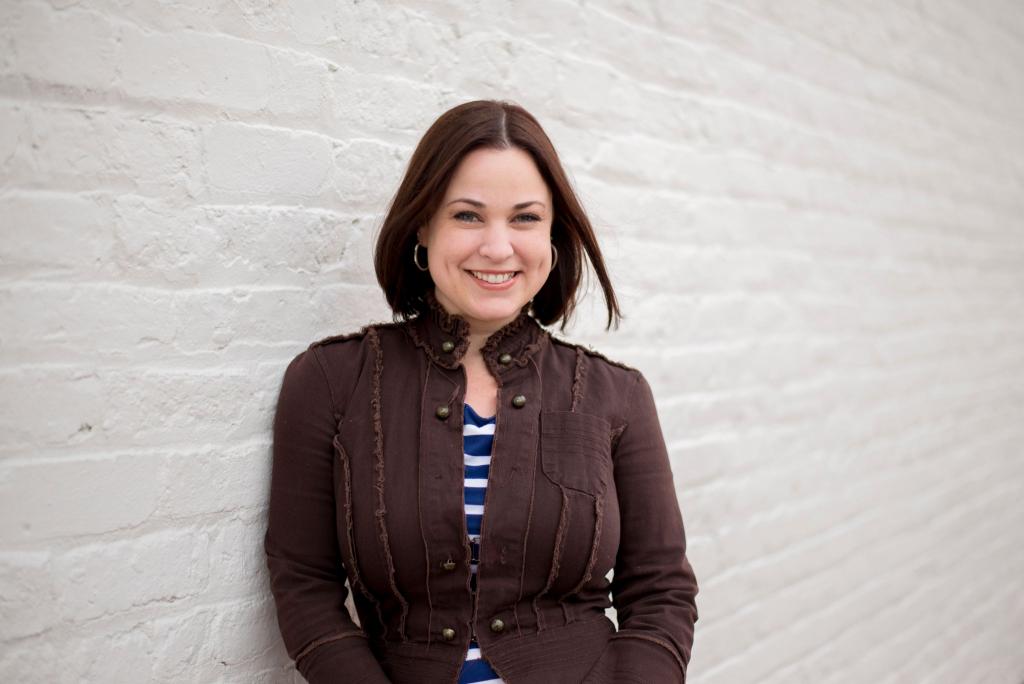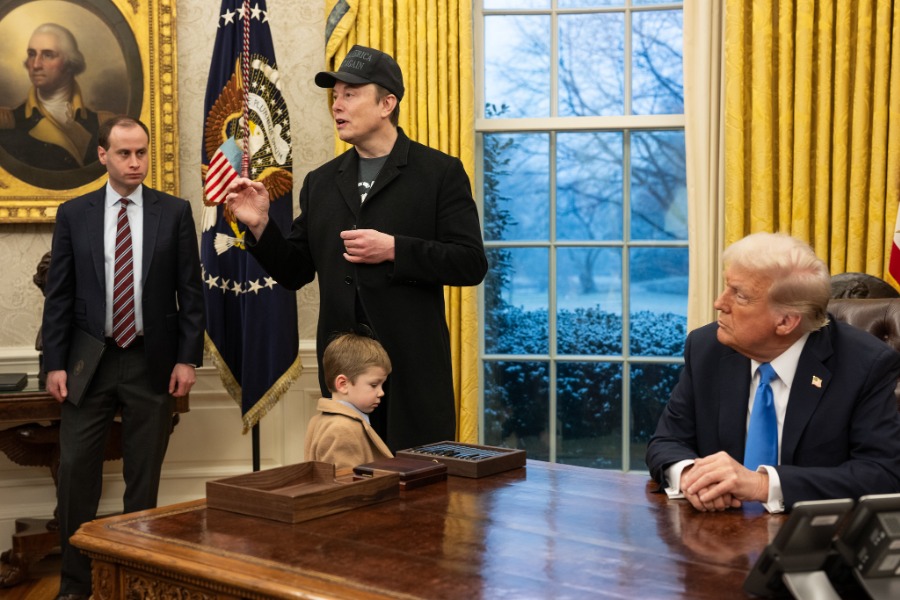The Lawfare Podcast: Jonna Mendez on 'The Moscow Rules'
In the 1950s and 1960s, the Central Intelligence Agency had a major problem. The streets of Moscow were a virtually impossible operating environment due to heavy KGB surveillance and other operational difficulties. Through a series of trial and error, and a whole lot of ingenuity, along came the "Moscow rules," a series of technical advancements in the area of disguise and communications technology, and some different operating tradecraft that allowed CIA case officers to get the information they needed from Soviet sources to help the Cold War stay cold.
Published by The Lawfare Institute
in Cooperation With

In the 1950s and 1960s, the Central Intelligence Agency had a major problem. The streets of Moscow were a virtually impossible operating environment due to heavy KGB surveillance and other operational difficulties. Through a series of trial and error, and a whole lot of ingenuity, along came the "Moscow rules," a series of technical advancements in the area of disguise and communications technology, and some different operating tradecraft that allowed CIA case officers to get the information they needed from Soviet sources to help the Cold War stay cold.
Jonna Mendez is a former CIA Chief of Disguise, who is also a specialist in clandestine photography. Her 27-year career, for which she earned the CIA's Intelligence Commendation Medal, included operational disguise responsibilities in the most hostile theaters of the Cold War, including Moscow, and also took her into the Oval Office. She is the co-author, with her late husband Tony Mendez, of "The Moscow Rules: The Secret CIA Tactics that Helped America Win the Cold War." David Priess spoke with Jonna about the experiences that she and her husband had at CIA, evolving the Moscow Rules, and applying these new disguises and technologies in the service of national security.







